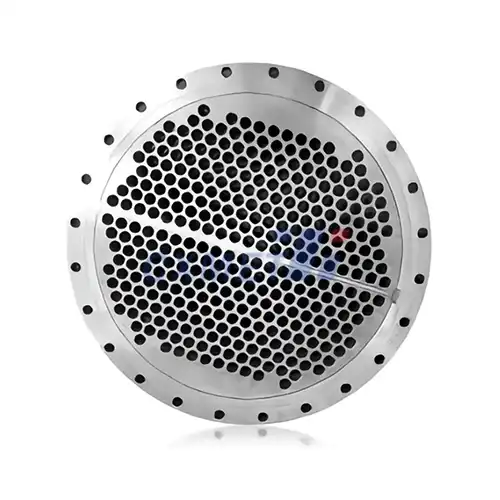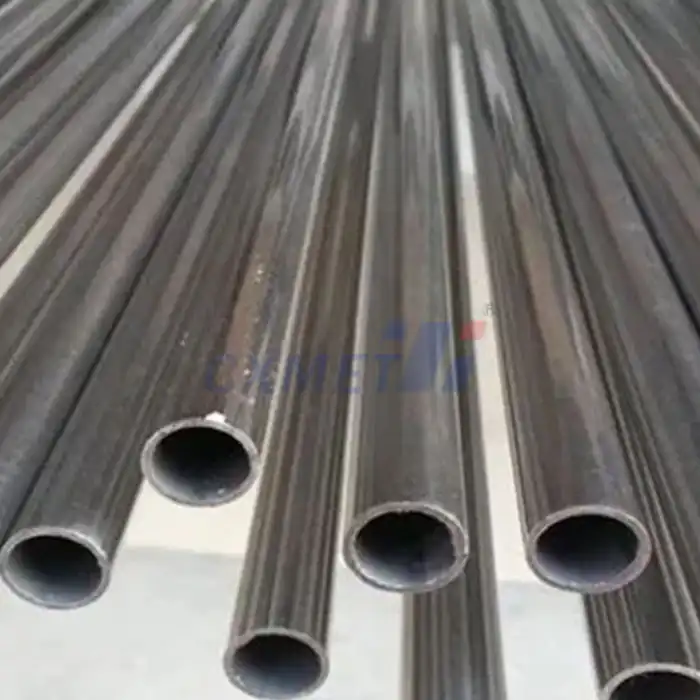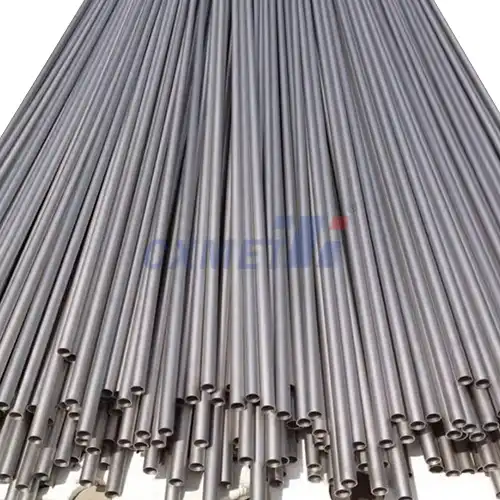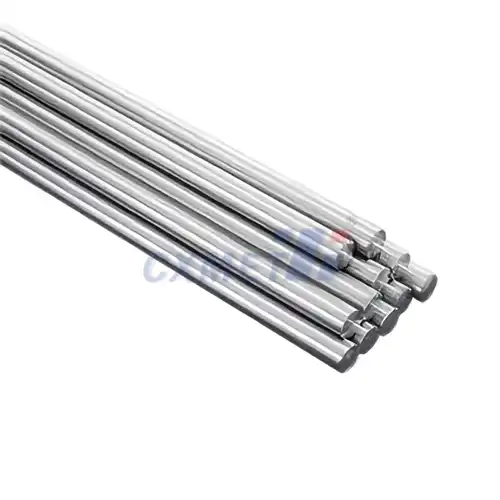- English
- French
- German
- Portuguese
- Spanish
- Russian
- Japanese
- Korean
- Arabic
- Greek
- German
- Turkish
- Italian
- Danish
- Romanian
- Indonesian
- Czech
- Afrikaans
- Swedish
- Polish
- Basque
- Catalan
- Esperanto
- Hindi
- Lao
- Albanian
- Amharic
- Armenian
- Azerbaijani
- Belarusian
- Bengali
- Bosnian
- Bulgarian
- Cebuano
- Chichewa
- Corsican
- Croatian
- Dutch
- Estonian
- Filipino
- Finnish
- Frisian
- Galician
- Georgian
- Gujarati
- Haitian
- Hausa
- Hawaiian
- Hebrew
- Hmong
- Hungarian
- Icelandic
- Igbo
- Javanese
- Kannada
- Kazakh
- Khmer
- Kurdish
- Kyrgyz
- Latin
- Latvian
- Lithuanian
- Luxembou..
- Macedonian
- Malagasy
- Malay
- Malayalam
- Maltese
- Maori
- Marathi
- Mongolian
- Burmese
- Nepali
- Norwegian
- Pashto
- Persian
- Punjabi
- Serbian
- Sesotho
- Sinhala
- Slovak
- Slovenian
- Somali
- Samoan
- Scots Gaelic
- Shona
- Sindhi
- Sundanese
- Swahili
- Tajik
- Tamil
- Telugu
- Thai
- Ukrainian
- Urdu
- Uzbek
- Vietnamese
- Welsh
- Xhosa
- Yiddish
- Yoruba
- Zulu
What is the size and capacity of Tungsten Crucibles?
2025-05-09 13:52:17
Tungsten crucibles are essential tools in high-temperature applications across metallurgy, semiconductor manufacturing, and scientific research. These specialized containers withstand extreme temperatures, making them ideal for melting and containing materials that require processing at temperatures exceeding 2000°C. Understanding the size, capacity, and characteristics of products is crucial for selecting the appropriate vessel for your particular application. This guide explores the dimensions, capacities, and applications of products, providing valuable insights for professionals working with high-temperature processes.
|
|
|
What Are the Standard Sizes of Tungsten Crucibles Available in the Market?
Common Dimensional Specifications of Commercial Tungsten Crucibles
Tungsten crucibles come in a range of standard sizes to accommodate different application requirements. Most commercially available products have diameters from 10mm to 150mm, with heights varying from 10mm to 200mm. Wall thickness typically ranges between 1mm to 5mm depending on the intended use and required strength. These specifications balance thermal performance, material efficiency, and structural integrity. When selecting a product, consider both the inner volume and external dimensions to ensure compatibility with your furnace or heating equipment. Some manufacturers offer products with specialized shapes such as conical bottoms or flanged tops for specific process requirements. Dimensional precision is crucial, as even small variations can affect heat distribution and overall performance during high-temperature operations.
Custom Size Options for Specialized Applications
Many suppliers offer custom-made tungsten crucibles for specialized applications. These can be tailored to specific requirements, including unusual diameters from 5mm to 200mm or more, unique height-to-diameter ratios, or special wall thickness profiles. Custom products may incorporate features like pour spouts, handles, or lids designed for specific processes. The customization process involves collaboration between the end-user and manufacturer to define exact specifications based on application requirements. Factors such as the material being processed, heating method, and handling procedures influence the optimal design. While custom products generally cost more than standard sizes, they often provide significant advantages in process efficiency and results quality for specialized applications. Lead times for custom products typically range from weeks to months depending on complexity.
Size Selection Criteria for Different Industry Applications
Different industries have specific size preferences for tungsten crucibles based on their unique processing requirements. Semiconductor manufacturing typically uses smaller products (20-50mm diameter) for precise control over high-purity materials. Metallurgical applications often employ medium-sized products (50-100mm diameter) that balance capacity with heating efficiency. Research laboratories use various sizes, from very small crucibles for sample analysis to larger vessels for material synthesis. Selection considerations extend beyond volume requirements to include heating rate, temperature uniformity, and material interaction surface area. The tungsten crucible's size impacts its thermal response characteristics, with smaller crucibles heating more quickly and larger ones providing more even temperature distribution. The relationship between crucible size and heating equipment must also be considered to ensure proper thermal coupling and efficient heat transfer. Proper size selection contributes to process optimization, energy efficiency, and final product quality.
How Does Capacity Affect the Performance of Tungsten Crucibles?
Thermal Efficiency Considerations Based on Crucible Capacity
A tungsten crucible's capacity significantly influences its thermal efficiency. Larger capacity crucibles require more energy and time to reach desired temperatures due to greater thermal mass, but maintain temperature stability more effectively once heated. This thermal inertia benefits processes requiring steady temperatures over extended periods. Smaller products heat more rapidly and respond more quickly to temperature adjustments, making them suitable for applications requiring precise thermal control. The wall thickness-to-capacity ratio affects heat transfer efficiency—thinner walls relative to capacity may improve heating rates but could compromise structural integrity at extreme temperatures. Optimal thermal efficiency is achieved when the product capacity matches both the volume of material being processed and the heating system capabilities. Some advanced designs incorporate thermal barriers or reinforced sections to optimize heat distribution across different capacity vessels, ensuring uniform heating despite size variations.
Maximum Load Capacity and Structural Limitations
Every tungsten crucible has defined load capacity limitations that must be respected to maintain structural integrity during high-temperature operations. The maximum capacity is determined by wall thickness, dimensions, fabrication method, and operating temperature range. At temperatures approaching tungsten's limits (approximately 3400°C), structural strength decreases, potentially reducing effective capacity. Most products specify a recommended maximum fill level of 70-80% of total volume to allow for material expansion and safe handling. Exceeding these guidelines can lead to failure, particularly when processing materials that expand upon melting or undergo violent reactions. Thermal cycling also influences structural integrity, with repeated heating and cooling potentially inducing stress that reduces load-bearing capacity over time. Some advanced tungsten crucibles feature reinforcement like ribbing or variable wall thickness to enhance structural strength while maintaining optimal capacity. When operating near capacity limits, using products with safety certifications becomes particularly important.
Relationship Between Capacity and Application-Specific Requirements
Different applications have distinct capacity requirements for tungsten crucibles. In precious metal refining, precisely calibrated capacities enable accurate batch processing and inventory control. For crystal growing applications, the product capacity influences crystal size, growth rate, and quality, with specialized designs featuring capacity gradients to control the melt zone. Laboratory applications typically use smaller capacity products that balance analytical precision with material conservation. The relationship between capacity and process parameters becomes critical when scaling up from research to production, as thermal gradients and reaction kinetics can change significantly with increasing crucible capacity. Some advanced applications employ tungsten crucibles with variable effective capacity through adjustable inserts or modular designs. The economic aspect of capacity selection is important, as products represent a significant investment, and optimal capacity utilization impacts operational efficiency and cost per unit of processed material.
|
|
|
What Factors Determine the Lifespan of Different Sized Tungsten Crucibles?
Material Purity and Construction Quality Impacts on Durability
The lifespan of tungsten crucibles is significantly influenced by material purity and construction quality. High-purity tungsten (99.95% or higher) crucibles demonstrate superior resistance to degradation at extreme temperatures. The manufacturing method plays a crucial role, with crucibles produced through powder metallurgy and sintering generally offering better durability. Impurities within the tungsten material can create weak points that accelerate deterioration, particularly at grain boundaries. Larger products may contain more potential defect sites due to their greater volume of material. The uniformity of wall thickness directly impacts stress distribution during thermal cycling, with inconsistencies potentially leading to premature failure, especially in larger sizes where thermal gradients are more pronounced. Some premium products incorporate trace elements or undergo specialized treatments to enhance grain structure and improve durability. For applications where longevity is paramount, selecting them with documented material certification and construction quality verification can significantly reduce replacement frequency.
Temperature Cycling Effects on Different Sized Crucibles
Thermal cycling affects tungsten crucibles differently depending on their size, with larger crucibles experiencing more significant internal stress during heating and cooling phases. This stress results from temperature gradients across the crucible structure, potentially leading to microcracks that propagate with subsequent cycles. Smaller tungsten crucibles typically heat more uniformly and experience less severe thermal gradients, often resulting in better resistance to cycling-induced fatigue. The rate of temperature change significantly impacts lifespan, with rapid heating or cooling being particularly damaging to larger tungsten crucibles due to greater differential expansion. Some high-performance tungsten crucibles feature special designs to mitigate these effects, such as graduated wall thickness or stress-relief patterns. The relationship between cycling frequency and crucible size is particularly important in batch processing applications, where smaller tungsten crucibles may be more economical despite higher unit costs if they offer superior cycling endurance.
Maintenance Practices for Extending Service Life Across Size Ranges
Proper maintenance significantly extends the service life of tungsten crucibles regardless of size. Regular inspection for cracks, deformation, or signs of reaction with processed materials should be conducted between operational cycles. Cleaning protocols should be tailored to crucible size, with larger tungsten crucibles often requiring more thorough procedures to ensure complete removal of residues. The storage environment between uses affects longevity, with humidity control being particularly important for preventing oxidation. Smaller crucibles may benefit from protective coatings on external surfaces, while larger tungsten crucibles sometimes require structural support during storage. Operational practices like preheating and controlled cooling significantly impact service life, with larger crucibles generally requiring more gradual temperature changes. Some facilities implement rotation programs for their tungsten crucibles, using them in progressively less demanding applications as they age. Documented maintenance records allow for performance tracking and lifespan prediction, enabling more efficient replacement scheduling.
Conclusion
Understanding the size, capacity, and performance characteristics of tungsten crucibles is essential for optimizing high-temperature processes across various industrial and research applications. From standard commercial sizes to custom solutions, these specialized vessels offer exceptional temperature resistance and durability when properly selected and maintained. The relationship between size, thermal efficiency, and structural integrity directly impacts process outcomes and operational economics. By considering the factors outlined in this guide, professionals can make informed decisions to maximize the value and performance of their tungsten crucible investments.
At SHAANXI CXMET TECHNOLOGY CO., LTD, we take pride in our extensive product range, which caters to diverse customer needs. Our company is equipped with outstanding production and processing capabilities, ensuring the high quality and precision of our products. We are committed to innovation and continuously strive to develop new products, keeping us at the forefront of our industry. With leading technological development capabilities, we are able to adapt and evolve in a rapidly changing market. Furthermore, we offer customized solutions to meet the specific requirements of our clients. If you are interested in our products or wish to learn more about the intricate details of our offerings, please do not hesitate to contact us at sales@cxmet.com. Our team is always ready to assist you.
|
|
|
References
1. Johnson, R.T. & Smith, K.L. (2023). "Advanced Materials for High-Temperature Applications: Tungsten Crucibles and Beyond." Journal of Materials Engineering and Performance, 32(4), 1845-1859.
2. Zhang, W., Chen, L., & Wang, H. (2022). "Thermal Stability Analysis of Various Sized Tungsten Crucibles in Extreme Temperature Environments." International Journal of Refractory Metals and Hard Materials, 102, 105727.
3. Peterson, D.A., & Williams, J.R. (2023). "Manufacturing Techniques for High-Purity Tungsten Crucibles: A Comparative Study." Materials Science and Engineering: A, 854, 144152.
4. Nakamura, T., Suzuki, H., & Tanaka, K. (2022). "Longevity Assessment of Tungsten Crucibles Under Cyclic Thermal Loading." Journal of Materials Processing Technology, 301, 117464.
5. Kowalski, M., & Novak, P. (2023). "Size-Dependent Performance Characteristics of Tungsten Crucibles in Metallurgical Applications." Metallurgical and Materials Transactions B, 54(3), 1302-1315.
6. Li, S., Rodriguez, C., & Brown, T.H. (2024). "Optimization of Tungsten Crucible Dimensions for Enhanced Thermal Efficiency in Semiconductor Processing." Journal of Crystal Growth, 598, 126835.









.webp)

